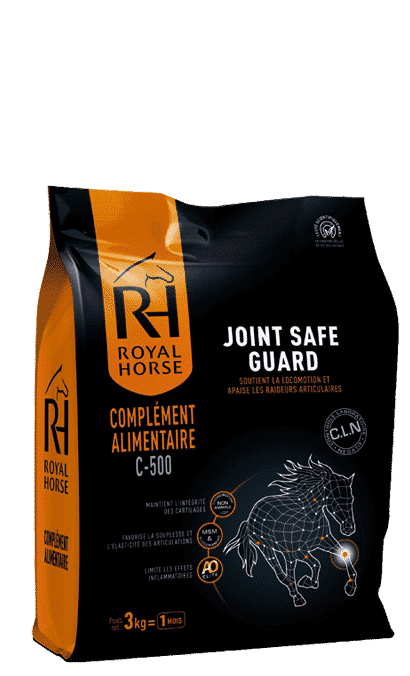As autumn sets in, the weather cools down, triggering metabolic changes in horses. They begin preparing for winter by growing a thicker, weather-appropriate coat. While this winter coat aids in heat retention, it might not be sufficient for your horse’s specific needs. Selecting the right blankets becomes crucial to help them maintain optimal body temperature during colder periods.
How Horses Adapt to Cold Weather ?
Understanding that horses have different cold sensitivities than humans is crucial. A horse’s “thermal neutral zone” typically ranges from 5°C to 25°C. This means you can assist your horse in regulating its body temperature below 5 degrees. Factors like breed, age, activity level, and living conditions influence your decision to use blankets. When in doubt, it’s better for your horse to be slightly cold than too hot.. However, certain factors should be taken into account, such as:
- Breed: Some horse breeds are very hardy, while “hot-blooded” horses tend to be more sensitive to the cold.
- Age: An older horse will have more difficulty thermoregulating.
- Activity: A regularly working horse will need to be clipped and, therefore, will need blankets to replace its coat.
- Your horse’s living conditions: Whether it lives in a stall or in the pasture.
All these factors could influence your decision to start covering it or not. In case of doubt, keep in mind that it is better for your horse to be a little cold than too hot.
Choosing Blankets for the Mid-Season?
As fall approaches, consider covering your horse when the temperature ranges between 5 and 10 degrees. Opt for a light blanket with a weight of 0 to 100 grams. Adjust the weight based on your horse’s sensitivity, age, health, and clipping status. For horses in pastures or paddocks, choose a durable, weather-resistant outdoor blanket. Stall-dwelling horses may benefit from stable blankets, including various thicknesses of fleece.

Blanket Selection for Winter
In colder temperatures (0 to 5 degrees), use a blanket weighing 200 to 300 grams to keep your horse warm, especially if it’s clipped. If temperatures drop below 0°C, add a fleece blanket for additional warmth. To gauge your horse’s comfort, place your hand under the blanket at the shoulders and hips. You should feel warmth without any sweating. Wetness indicates overheating, while shivering signals your horse is too cold and needs a warmer blanket.
Choosing the Right Blanket Model
With varied horse anatomies, the market offers different blanket models in terms of size, weight, and attachment systems. Consider factors such as closures on the chest or shoulders, ventral attachment styles, hind limb straps, and denier count (indicating blanket durability).
Complementing Blankets with Accessories
To prevent rubbing on prominent body parts, use shoulder guards made of lycra or fleece under winter blankets. Additionally, consider neck covers, available in various weights, or fleece options for added protection, especially if your horse resides in a stall.
Optimizing your horse’s blanket strategy based on these factors ensures comfort and well-being throughout changing seasons. Make informed choices to enhance your horse’s experience in varying weather conditions.






